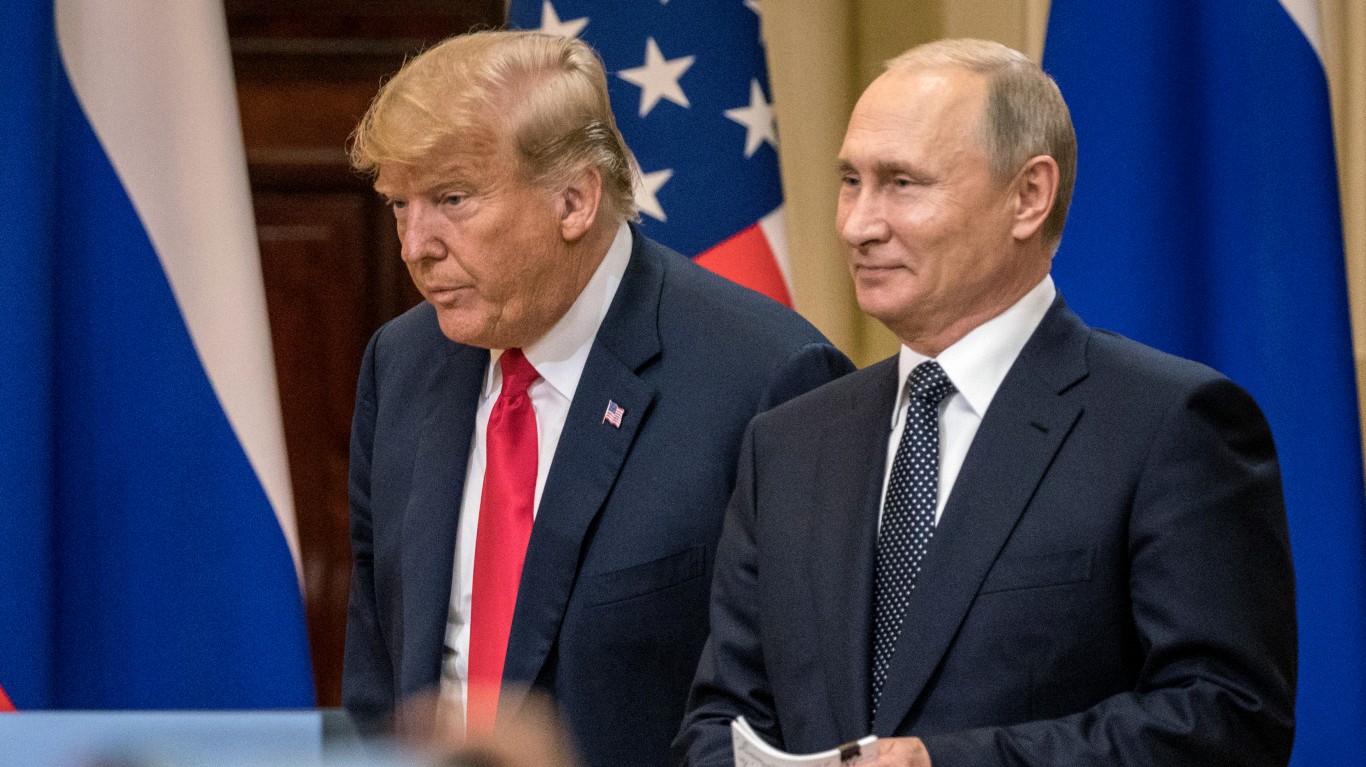
Donald Trump’s unexpectedly decisive victory in the 2024 presidential election will have global consequences. Foreign policy was not the centerpiece of either candidate’s campaign, but the two could scarcely have presented more diametrically opposed views. Harris ran on continuing outgoing president Joe Biden’s foreign policy to build and strengthen alliances and international partnerships. Conversely, Trump proffered a transactional, America-first vision, much like his first term. The voters ultimately backed Trump for economic reasons, but he also edged out Harris on foreign policy. One of the biggest challenges awaiting the next president is dealing with Russia and Vladimir Putin. The Russian leader’s ongoing war in Ukraine and efforts to weaken Western trade dominance will provide a stern test for Trump’s second term. This article will explore what a second Trump term could mean for Vladimir Putin’s ambitions in Ukraine, the Middle East, and beyond.
Why This Matters
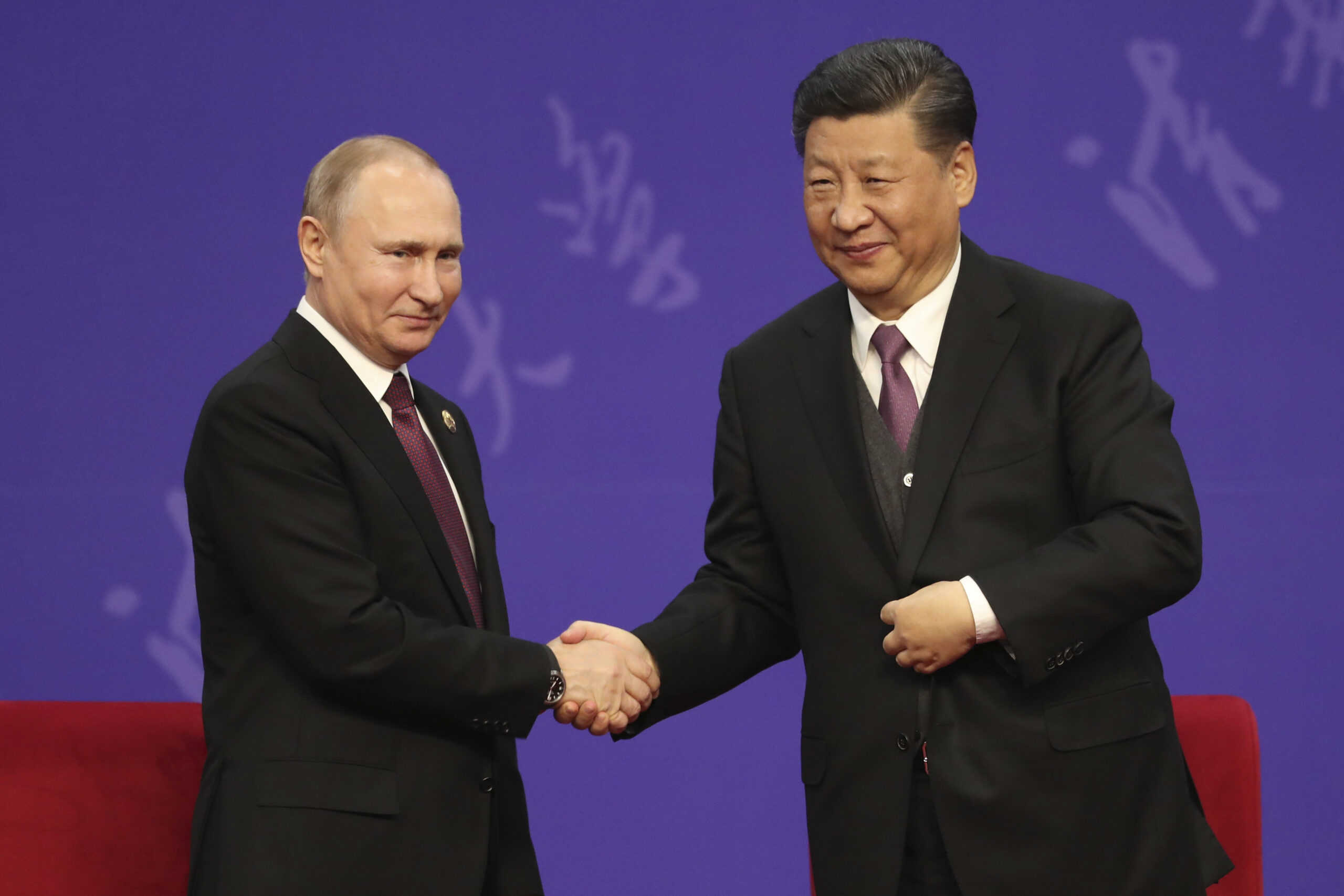
Ukraine will be one of the first major tests of Trump’s second term. On the campaign trail, Donald Trump promised a swift end to the conflict and touted a positive relationship with the Russian leader as a pathway toward lasting peace. However, as the situation unfolds, the president-elect may find it difficult to keep that campaign promise. Ukraine is the first but certainly not the last area of contention with Russia that the new administration must address.
Trump and Putin
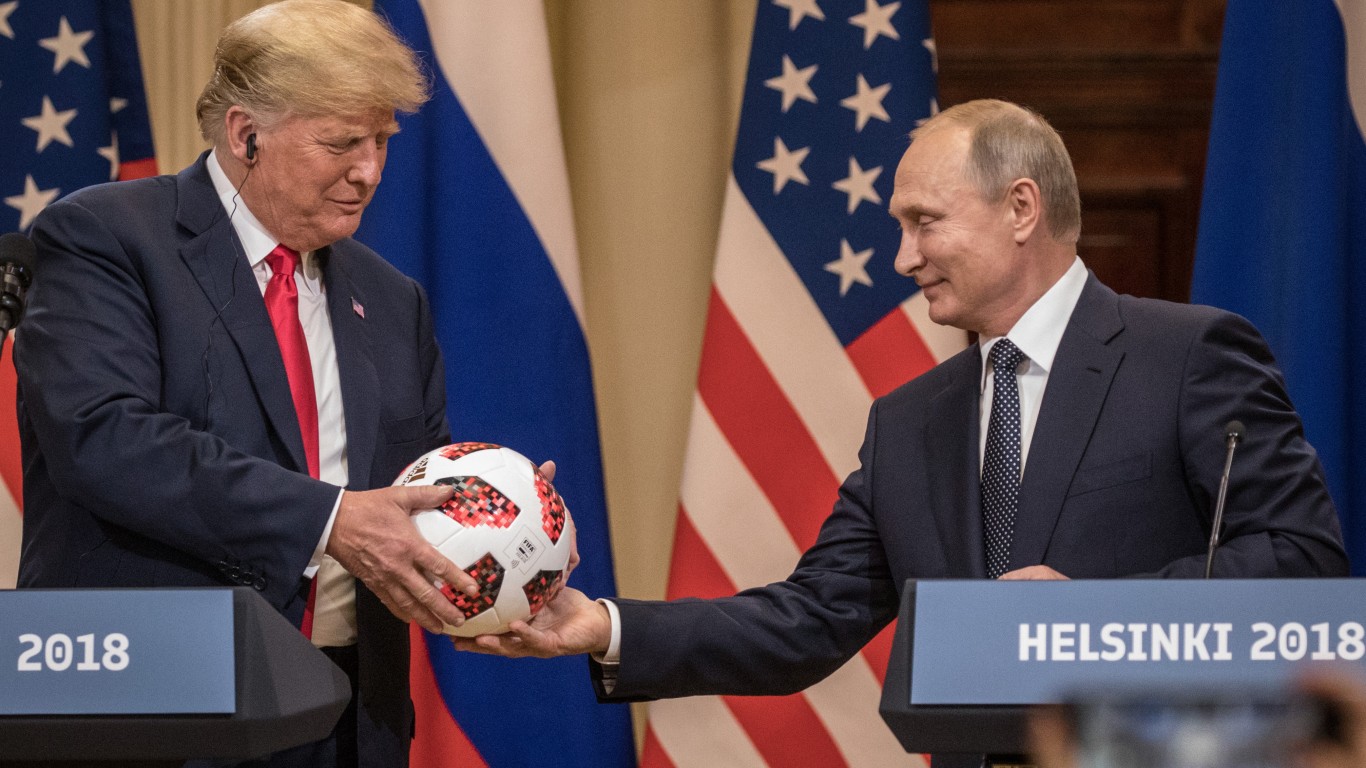
Much has been made of the relationship between Donald Trump and Vladimir Putin and the latter’s role in the 2016 election. The two often publicly spoke warmly of each other, though their actions were not always so aligned. For example, in 2018, Trump authorized the sale of anti-tank weapons to Ukraine over Russia’s objections. He also approved sanctions against Moscow over the construction of the Nord 2 pipeline.
At the same time, Trump withheld a larger aid package to Ukraine, which ultimately led to his first impeachment. Critics have also been quick to point to Trump’s NATO skepticism and how that plays into Russia’s hands. In the run-up to 2024, Putin suggested he would prefer Biden win the election before pivoting towards Harris, though that may have been a cynical ploy to undermine support for the Democratic candidate. Trump and Putin may have genuine personal accord -they spoke regularly when Trump was out of office- but ultimately, their transactional view of diplomacy will undoubtedly cause friction.
Ukraine
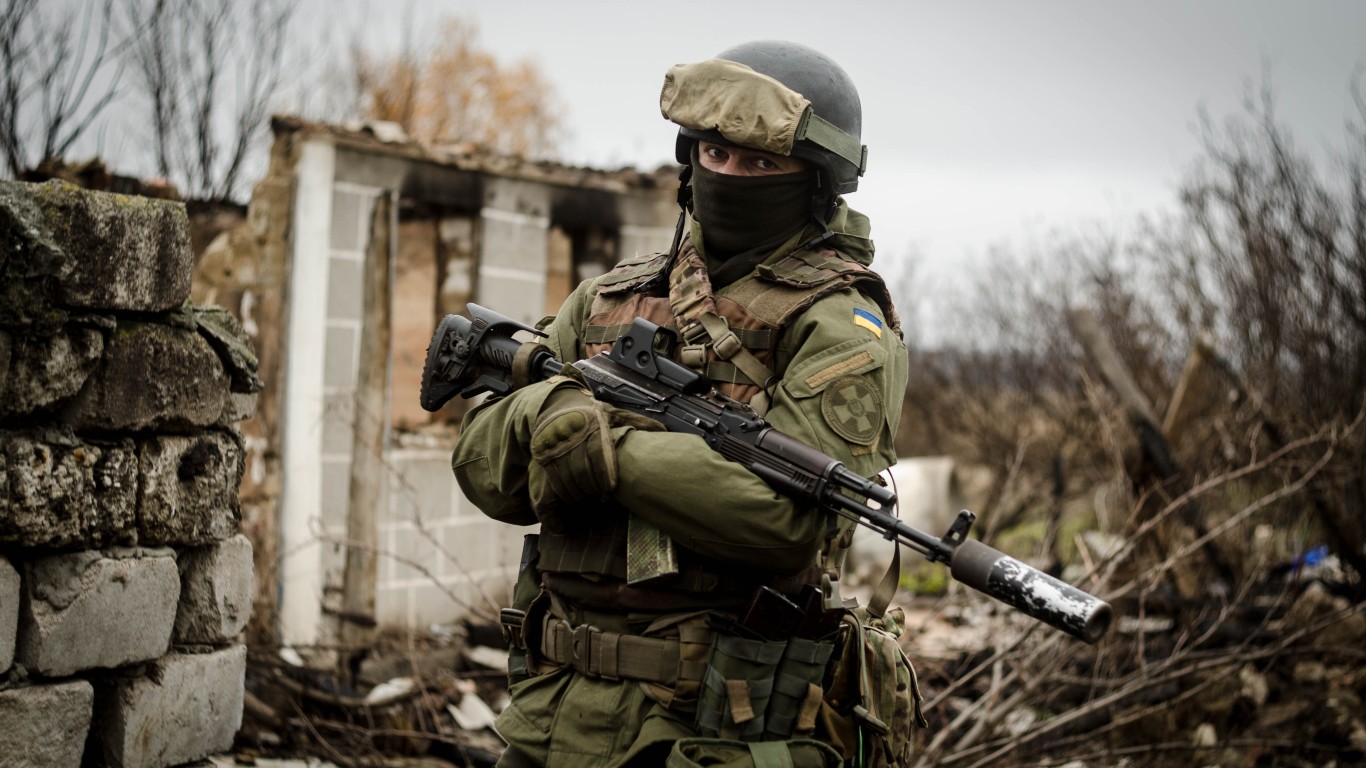
In April 2024, retired Lieutenant General Keith Kellogg and former CIA analyst Fred Fleitz published a research paper outlining a pathway to a peace deal. Kellogg was a national security advisor during Trump’s first term and will serve as the president-elect’s special envoy to Russia and Ukraine. Fleitz also worked with the former president’s administration. Trump is receptive to their proposal.
Kellogg and Fleitz propose leveraging American aid to enforce an immediate ceasefire. If Ukraine enters discussions in good faith, the United States will offer aid to ensure no further territorial losses. However, if Kyiv refuses, the United States will withdraw aid. On the other hand, if Russia doesn’t come to the bargaining table, the United States will back Ukraine. To sweeten the deal, the United States will offer a roadmap to eventually lifting sanctions if Russia sticks to its end of the bargain. Ukraine’s NATO ambitions will be a key sticking point, and the report suggests postponing Ukraine’s ascension and operating a demilitarized zone between the two states. Ukraine won’t achieve its territorial aims militarily but through long-term diplomatic efforts.
As of December 2024, Russia is gradually gaining the upper hand. After failing to achieve a rapid victory, Moscow pivoted to an attritional strategy and gradual advances. After two years of grinding conflict, Russia is making slow but steady gains. Ukraine’s Kursk gambit did not succeed in drawing Russian forces away from the eastern front. However, holding territory in Russia could still prove a useful bargaining chip later. Still, Putin may be reluctant to enter peace talks now that Russia is in the ascendency. Ukraine is running low on manpower, while Russia is bolstering its troop numbers and drawing upon outside help. Any deal won’t be favorable to Kyiv in the current climate.
BRICS
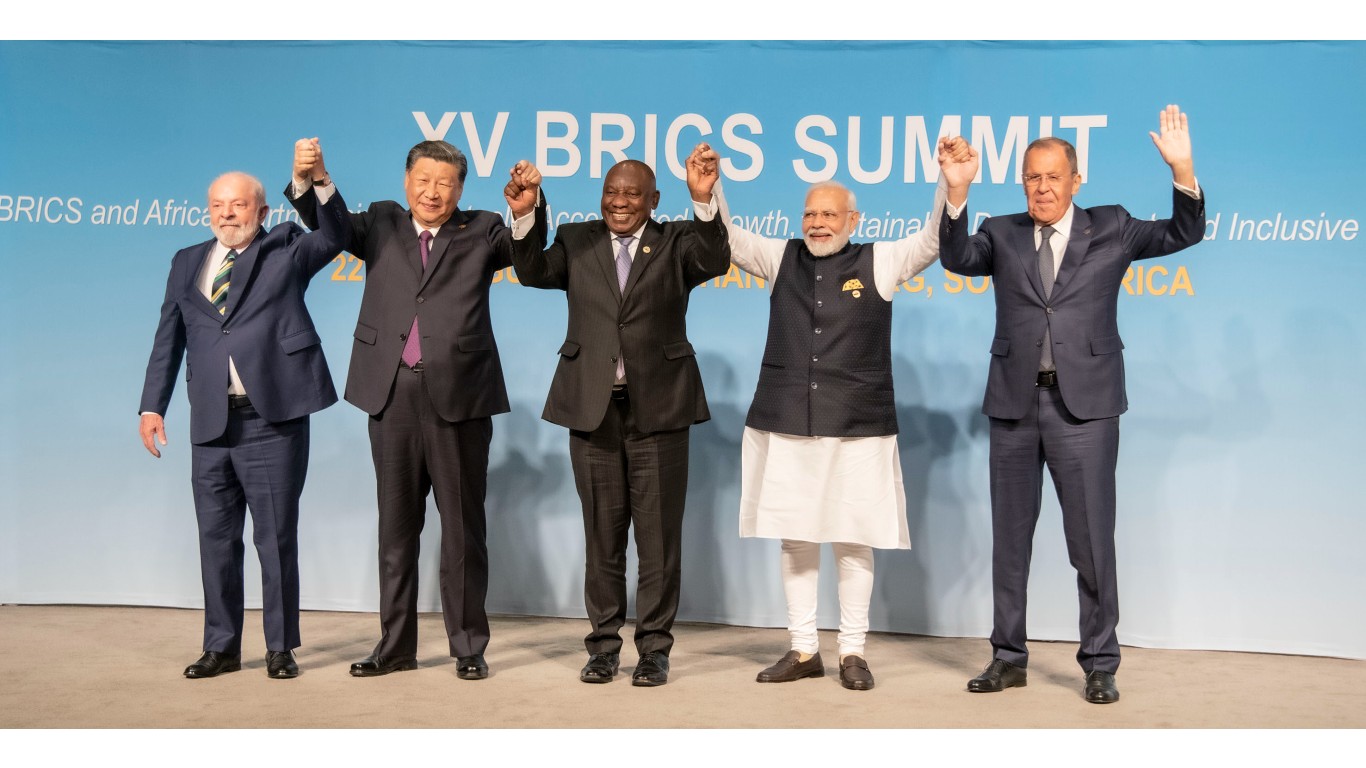
BRICS is an informal group of non-aligned nations named after its founding members: Brazil, Russia, India, China, and South Africa. The group seeks to challenge Western economic dominance, and after its 2024 expansion, member states comprise half the world’s population. One of the group’s main goals is to reduce dependency on the dollar and potentially create a new unified currency to edge out the dollar entirely. The prospect of a new BRICS reserve currency supplanting the dollar is still remote, given some of the group’s internal tensions and the dollar’s existing dominance in global trade. Trump reacted angrily to this suggestion by threatening to impose a 100% tariff on any BRICS nations that dump the dollar. Whether this is typical Trumpian bluster or the opening salvo in an extended trade war remains to be seen. In any case, Russia is a key driving force in challenging Western dominance.
Another complication for the United States could be Turkey’s status. Turkey is a key NATO member, but it is not fully aligned with other members of the alliance. Aside from a long rivalry with Greece, Turkey has long but unsuccessfully sought to join the European Union. After decades of frustrated efforts, Turkey was invited to join BRICS. The invitation hasn’t been accepted, but it hasn’t been refused, either. Turkish President Tayyip Erdogan and Vladimir Putin enjoy a good relationship that could spell future headaches for NATO.
The Middle East
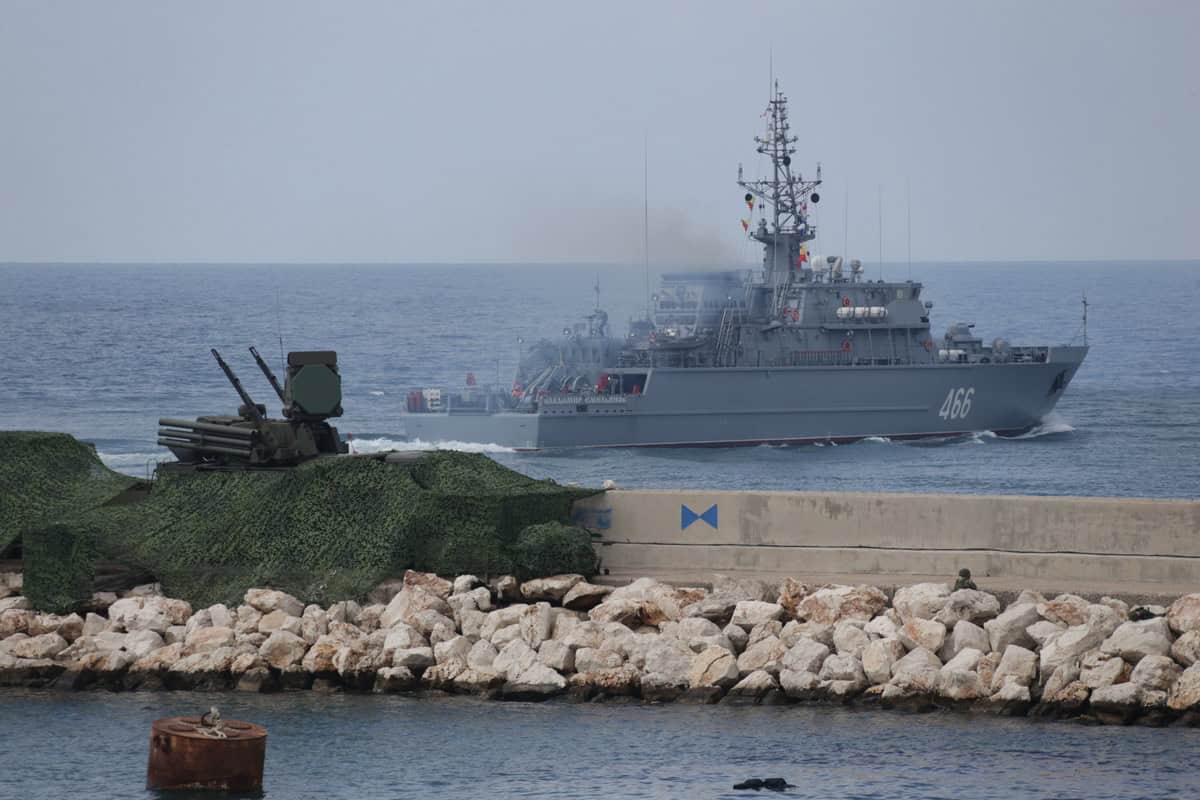
The sudden and dramatic fall of the Assad dynasty after 50 years in power in Syria will have a major impact on the region’s future. The Islamist rebel group Hayat Tahrir al-Sham (HTS) was the main driving force in the bid to oust Assad. HTS is recognized as a terror group by the UN, United States, and Turkey. The outgoing Biden administration is in contact with the group, but the future is uncertain. Russia has two bases in the area: Khmeimim (air) and Tartus (naval). These bases are crucial to Moscow’s operations in the area and Africa. Tartus is the only friendly port in the Mediterranean, and its loss would be a major blow. Putin has expressed willingness to negotiate with HTS to retain control of those bases. Trump expressed little desire to get involved, but a hands-off approach could destabilize a fragile peace.
Of more pressing concern is the ongoing conflict in Gaza. The United States heavily backs Israel’s campaign against Hamas, but Tel Aviv’s escalations risk igniting a wider regional conflict with Iran. Iran is a member of BRICS and is closing in on a strategic partnership with Russia that could exacerbate tensions with the United States. Additionally, Trump’s unabashed support for Israel could drive a wedge between the Gulf states and the United States and open up opportunities for Moscow to exploit.
The Takeaway
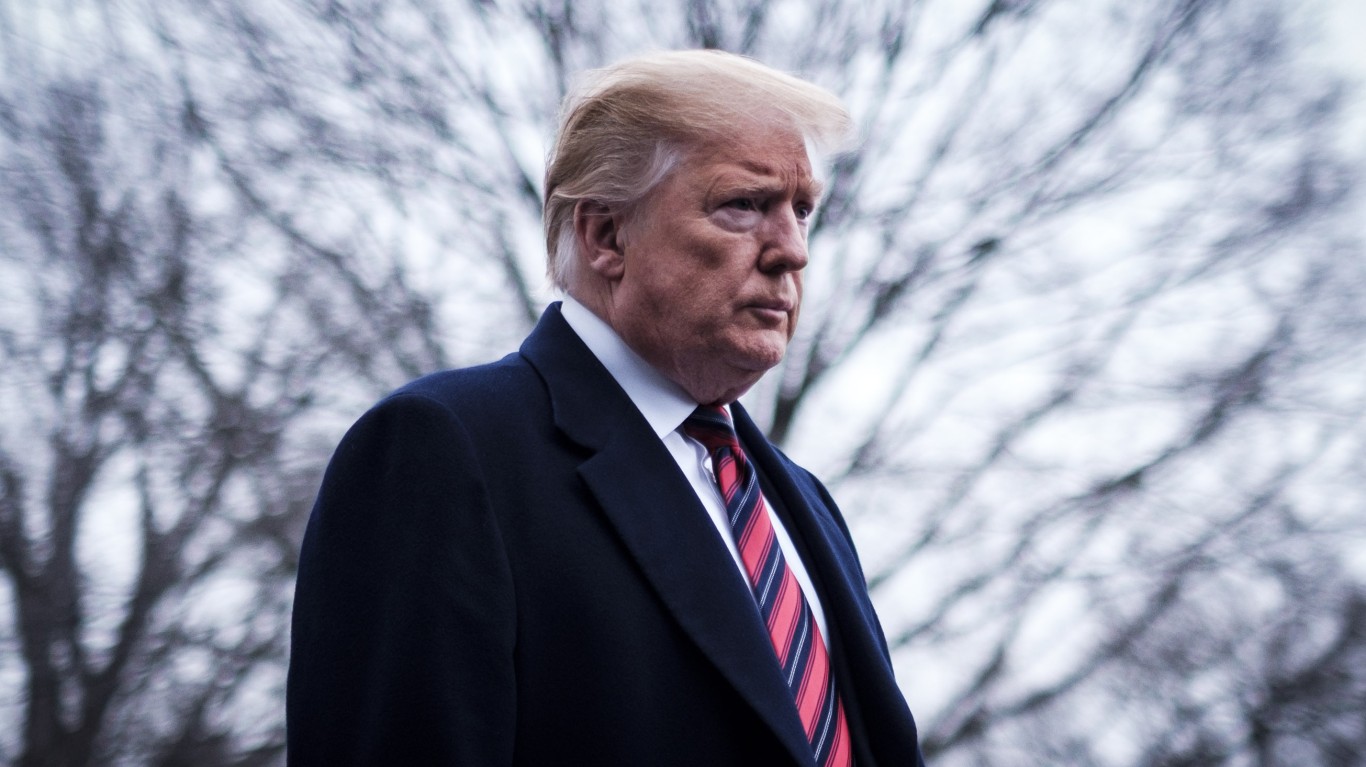
The United States and Russia haven’t been so at odds since the Cold War. Most of Vladimir Putin’s geopolitical ambitions contradict American priorities. The Russian leader’s ties with Donald Trump are complex and much-discussed, but they might not have as much bearing on American foreign policy as is commonly assumed. Trump is keen to end the war in Ukraine, but not so much that Putin will have complete impunity. Secondly, Putin’s efforts to undermine Western trade dominance with BRICS will run afoul of the next Trump administration.
Finally, the United States and Russia could be heading for a crash course in the Middle East. Putin’s position is weakened by the Assad regime’s sudden collapse in Syria, but American support for Israel opens the door to new partnerships for Moscow.
Get Ready To Retire (Sponsored)
Start by taking a quick retirement quiz from SmartAsset that will match you with up to 3 financial advisors that serve your area and beyond in 5 minutes, or less.
Each advisor has been vetted by SmartAsset and is held to a fiduciary standard to act in your best interests.
Here’s how it works:
1. Answer SmartAsset advisor match quiz
2. Review your pre-screened matches at your leisure. Check out the advisors’ profiles.
3. Speak with advisors at no cost to you. Have an introductory call on the phone or introduction in person and choose whom to work with in the future
Get started right here.
Thank you for reading! Have some feedback for us?
Contact the 24/7 Wall St. editorial team.